Villa Bianca
The Tale of Harajuku Villa Bianca
The tale begins in 1964, the year of the first Tokyo Olympics.
Villa Bianca, now called the Vintage Mansion, was completed in May 1964.
The construction period was only 11 months.
The tale begins in 1964, the year of the first Tokyo Olympics.
Villa Bianca, now called the Vintage Mansion, was completed in May 1964.
The construction period was only 11 months.
Go through Takeshita Street in Harajuku to Meiji Street, turn left and head towards Shinjuku, pass the pedestrian bridge, and you will see an unusual building on your right.
The majestic exterior, with its glass and concrete cubes forming a grid together with the terrace space, has attracted people's attention through the ages.
The two protruding concrete pieces that support the corners of the cube are similar to "Azekura zukuri" an ancient architectural style using interlocked triangular logs, used in the Shosoin which is a Nara Period's treasure house.
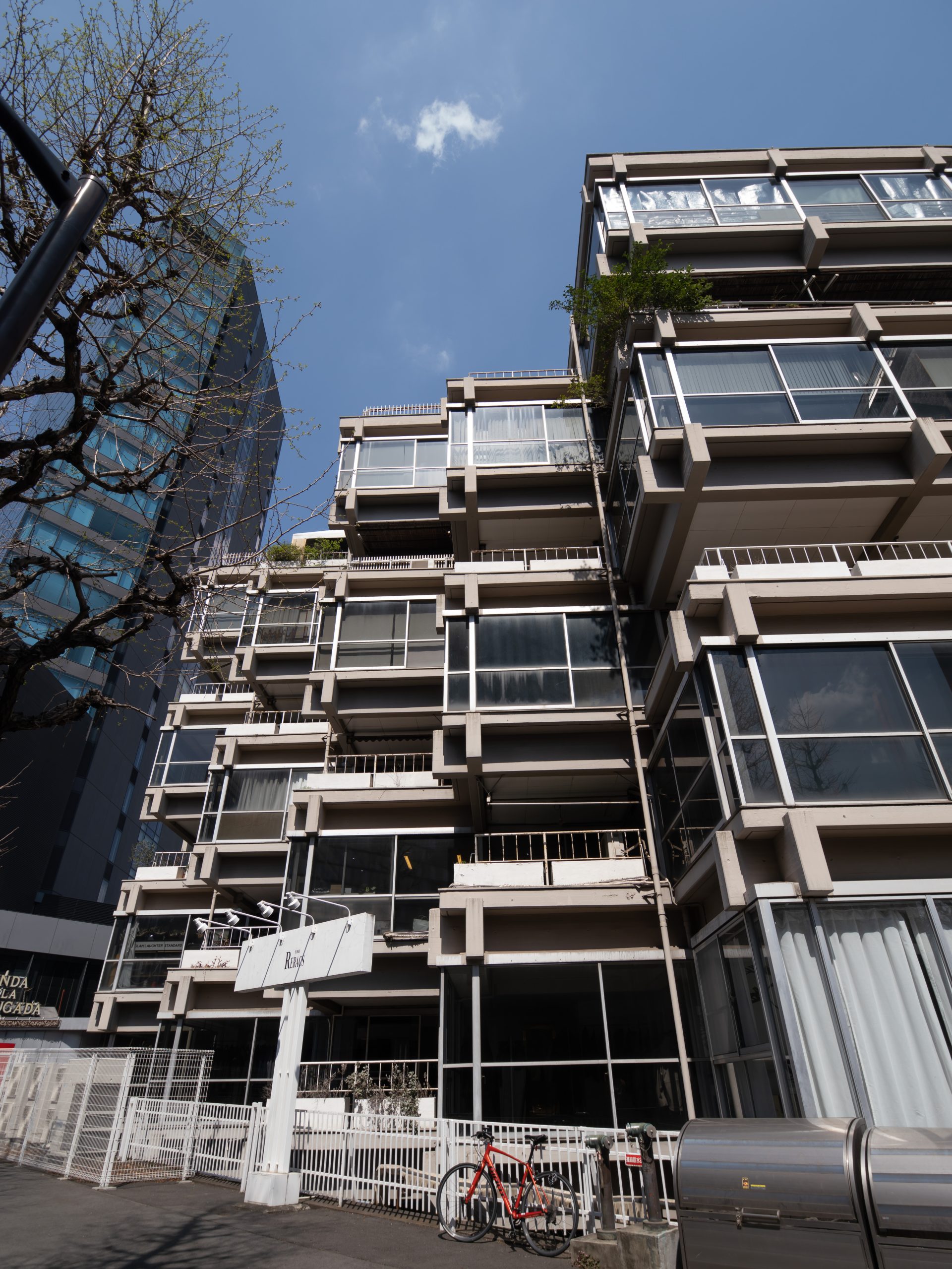
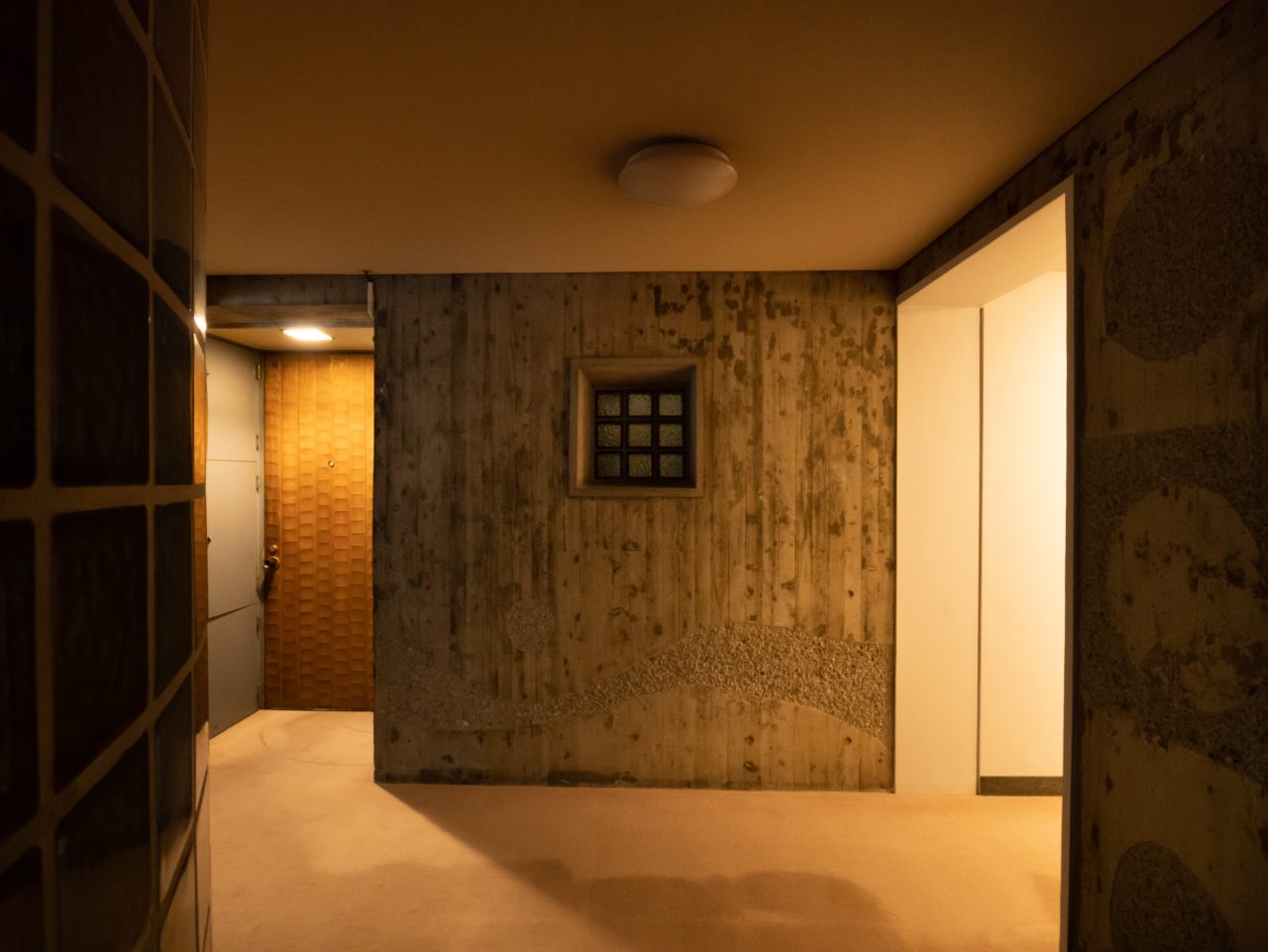
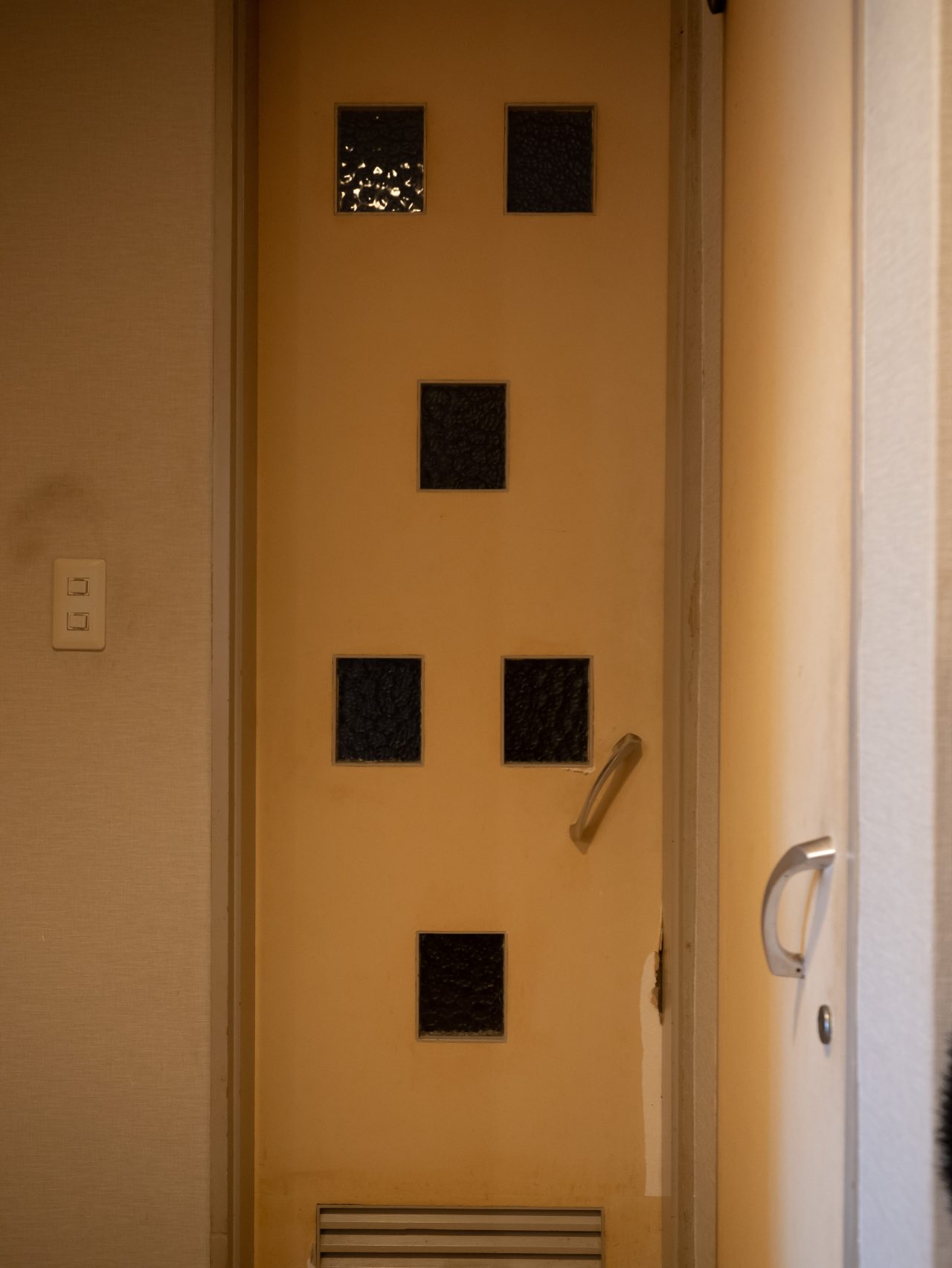
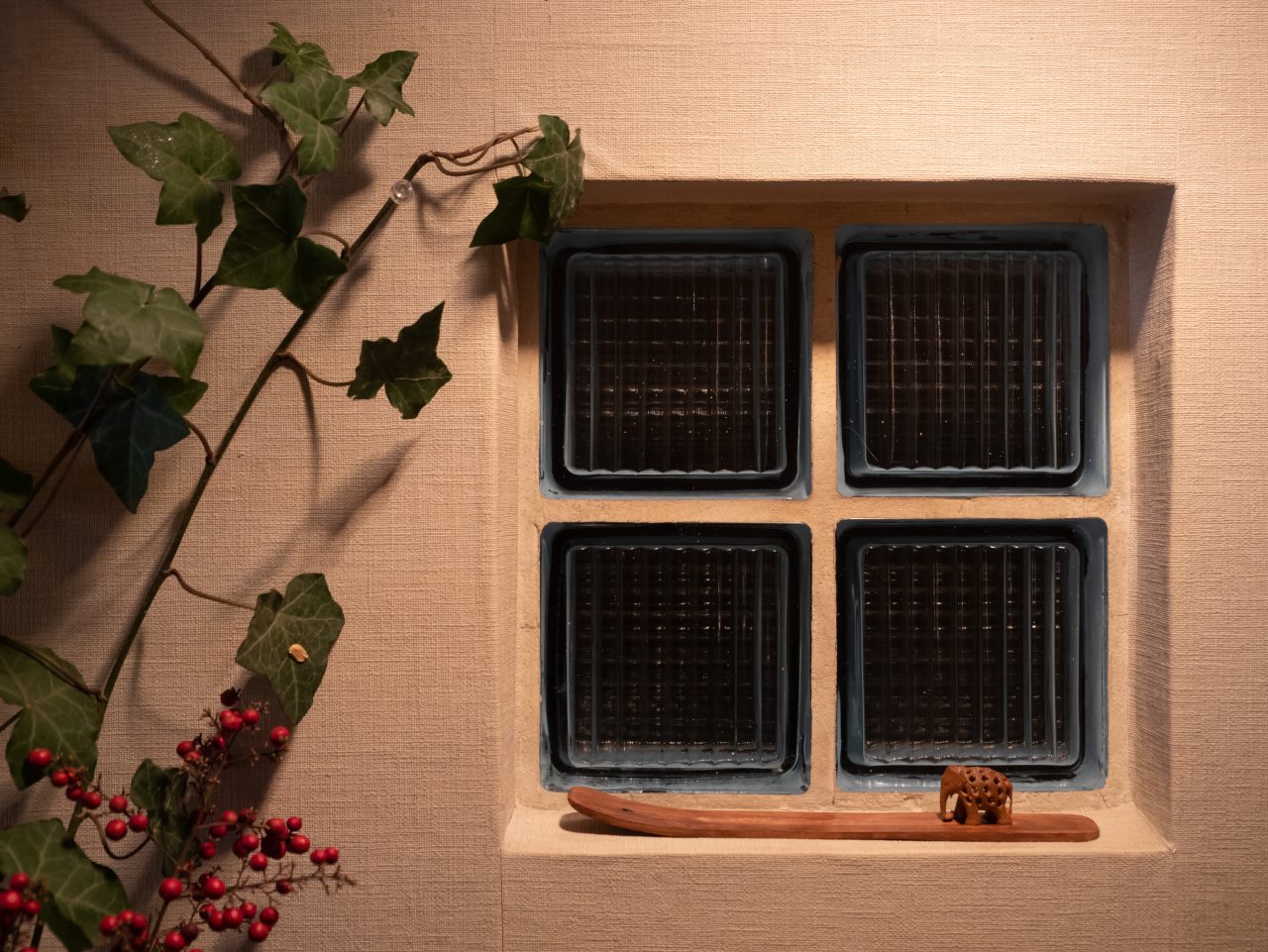





Villa Bianca has a cute aspect that you wouldn't imagine from its robust exterior.
Its playfulness can be seen in the delightful glass block windows on the concrete walls engraved with a wave crest pattern, and the amusing arrangement of glass blocks on the narrow doors.
The futuristic kitchen conceived 60 years ago was innovative in its form and even had a food waste disposer. The living room can be seen from the kitchen, making it like the popular open-plan kitchens of today.
Villa Bianca's 60-year history has been shaped by the famous people who have called it home, as well as the building itself.
Aoyama Jiro was a known antique collector who surrounded himself only with things that he liked. He eagerly awaited the completion of the building so that he could move in.
The husky-voiced blues singer Mina Aoe and Eikichi Yazawa also lived at Villa Bianca. It is said that Takeshi Kitano also considered moving here.

The people who live in Villa Bianca are either those who fell in love with the building's exterior upon first sight, or those who were familiar with the building and wanted to live there.
There is a saying in the apparel industry that having an office here will lead to great success.
In fact, the office space is largely occupied by stylish apparel and design offices.
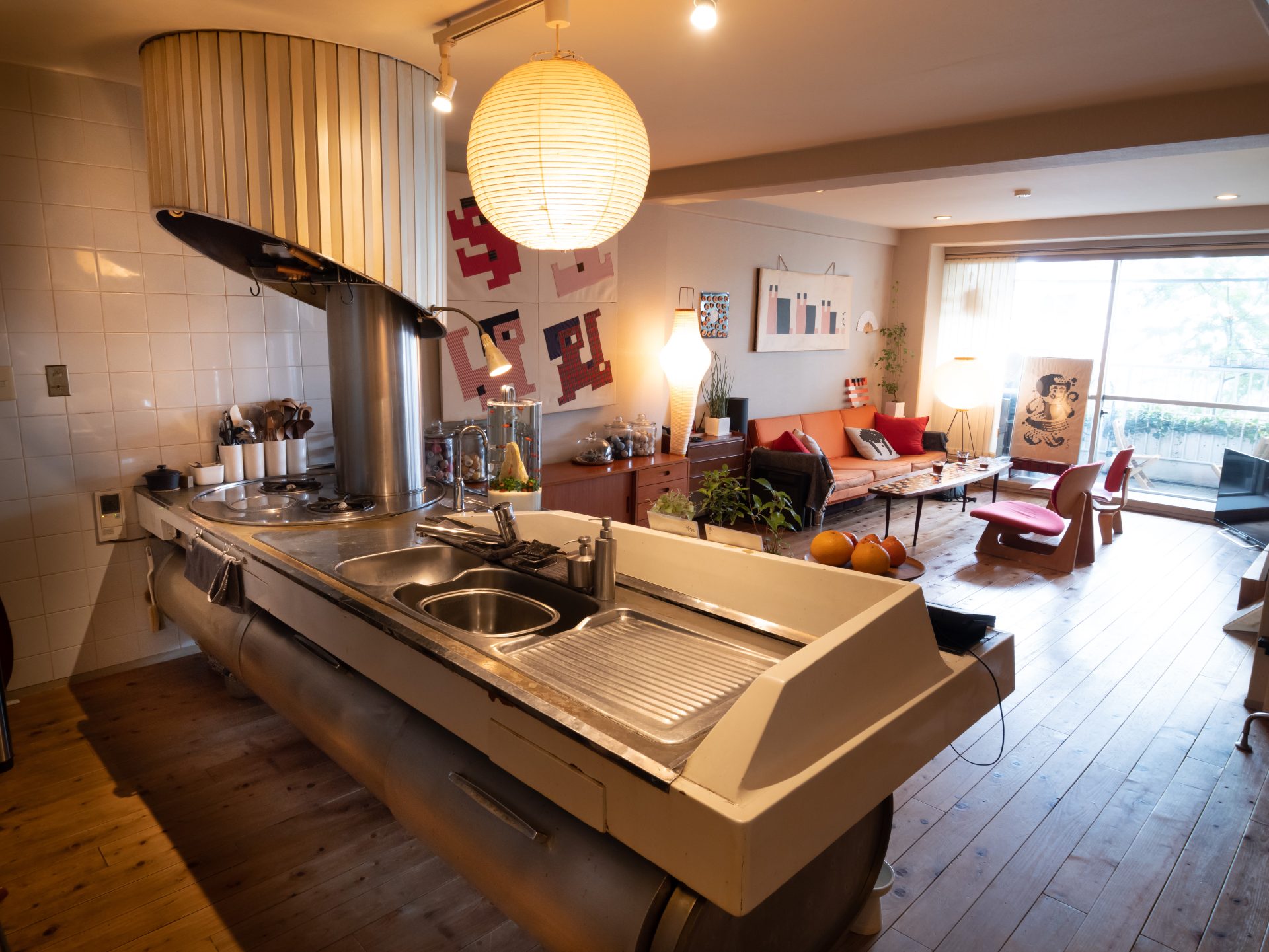


For just two years in the 1980s, there was a legendary club in the basement having the official name "Pithecanthropus Erectus", abbreviated to "Pithecan". With the impetus from the apparel industry, it became a fashionable venue with live performances by techno pop bands, Ryuichi Sakamoto and others. So Tokyo was influencing the world rather than New York or London, and Pithecan attracted many artists from abroad.
"Pithecan" was an information hub where fashionable people gathered, and a place that the young people of the day had a strong desire to visit.
The place was already intimidating and young people must have been further taken aback by the long corridor staircase leading down to the basement.
The corridor staircase is still there today. At the end is a Mexican restaurant, whose interior furnishings were all sourced from Mexico, which has been there for 30 years.
Villa Bianca has served as a hub for Japanese culture.
The underground space has spawned a variety of trends.
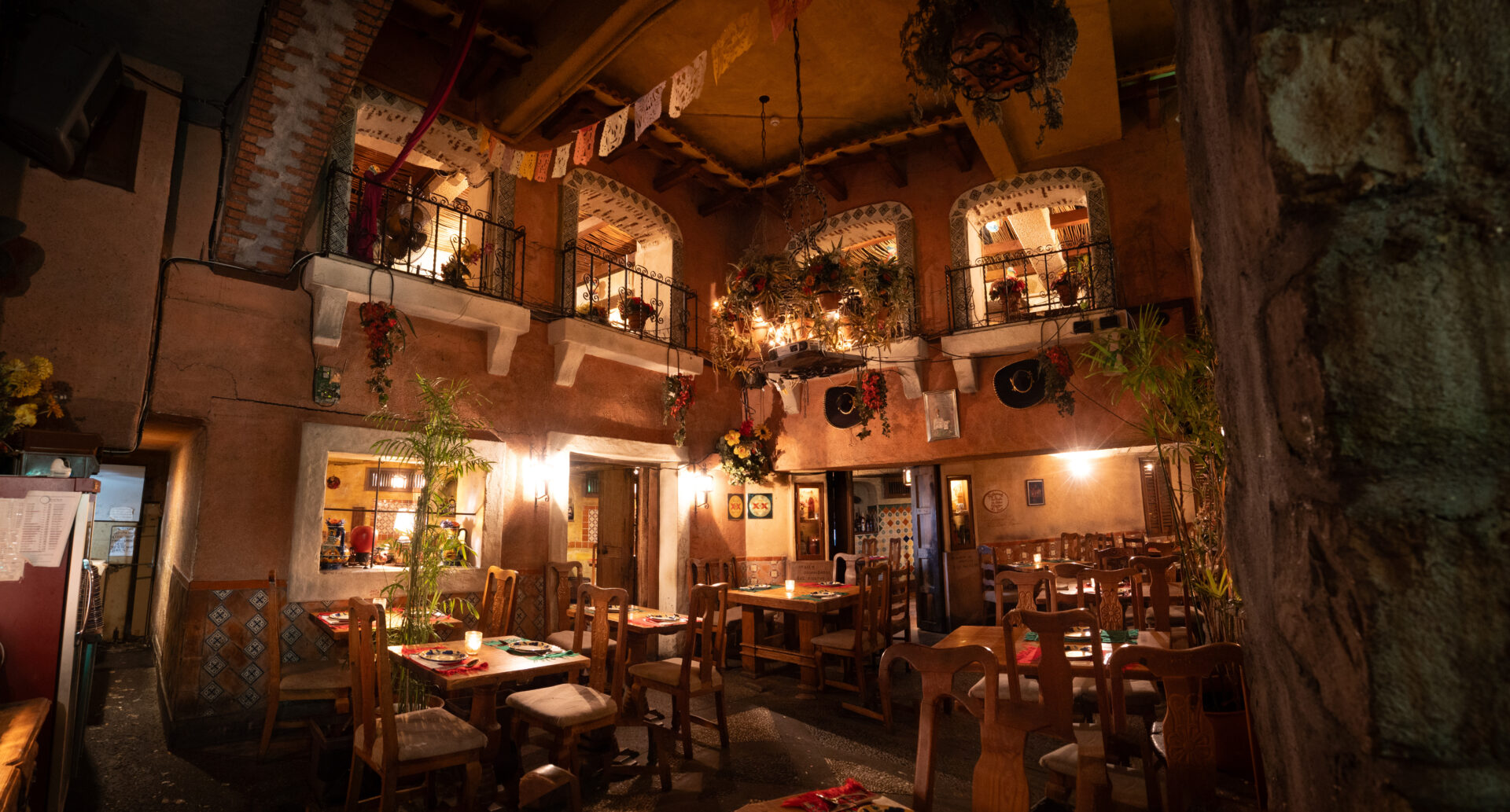
"DOCOMOMO" is an international academic organization that emphasizes the historical and cultural importance of architecture that has contributed to the promotion of the modern movement, and engages in activities to record and preserve existing buildings.
Villa Bianca was recognized for its historical and cultural value and was chosen by the Japanese branch of Docomomo as one of the 250 Best Modern Movement Buildings in Japan.
